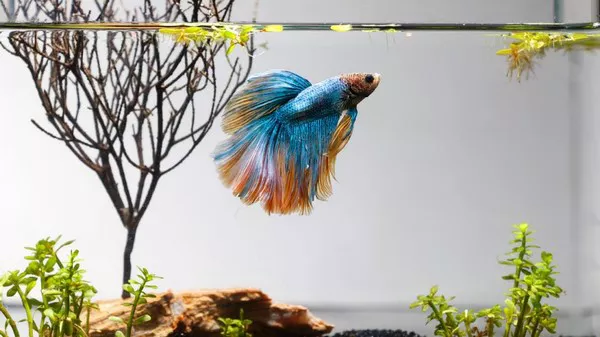Betta fish, also known as Siamese fighting fish, are renowned for their vibrant colors and unique personalities. While bettas are often kept as solitary pets due to their territorial nature, it is possible to create a harmonious community tank by carefully selecting tankmates that share compatible behaviors and habitat requirements. In this guide, we will explore a variety of fish species that can coexist peacefully with bettas, enhancing the visual appeal and dynamics of your aquarium.
Understanding Betta Behavior
Before introducing tankmates, it’s crucial to understand the behavior of bettas. Male bettas, in particular, are known for their aggressive tendencies, especially toward other males and fish with similar characteristics. Female bettas can also display aggression, albeit to a lesser extent. To ensure a successful community setup, consider the following factors:
Tank Size:
A larger tank provides more space for both the betta and its tankmates to establish territories and minimize aggression. A tank with a capacity of at least 20 gallons is recommended for a betta community setup.
Tank Structure:
A well-structured tank with ample hiding spots, plants, and decorations allows fish to establish territories and break lines of sight, reducing confrontations.
Compatibility:
Choosing peaceful and non-aggressive fish species that inhabit different areas of the tank can help reduce the risk of conflict.
Compatible Tankmates for Bettas
Corydoras Catfish:
Corydoras catfish are peaceful bottom-dwellers that help keep the substrate clean. They are social fish that prefer to be kept in groups, making them ideal companions for bettas. Their calm nature and distinct swimming patterns are unlikely to trigger aggression.
Neon or Cardinal Tetras:
Small schooling fish like neon or cardinal tetras can add a stunning burst of color to your tank. Their fast-paced movements and preference for mid-water swimming generally do not interfere with the betta’s territory.
Guppies:
Guppies are colorful, active, and relatively hardy fish that can coexist with bettas, especially in a larger tank. Opt for female guppies, as their duller coloration is less likely to trigger territorial behavior.
Harlequin Rasboras:
Harlequin rasboras are peaceful and graceful schooling fish that thrive in groups. Their vibrant colors and tranquil demeanor make them suitable tankmates for bettas.
Otocinclus Catfish:
Otocinclus catfish are excellent algae eaters that inhabit the lower levels of the tank. They help maintain a clean environment and are generally ignored by bettas due to their small size and peaceful nature.
Snails and Shrimp:
Aquatic snails (like nerite or mystery snails) and dwarf shrimp (such as cherry or amano shrimp) can serve as beneficial tankmates. Snails aid in algae control, while shrimp contribute to the cleanup crew. Bettas usually do not view them as threats.
Kuhli Loaches:
Kuhli loaches are bottom-dwelling fish with unique appearances and behaviors. Their burrowing tendencies make them unobtrusive companions for bettas.
Acclimation and Monitoring
When introducing new tankmates, follow a gradual acclimation process to minimize stress. Monitor the interactions closely during the first few days to ensure that aggression is not escalating. If any signs of aggression or stress are observed, be prepared to provide a backup plan or a separate tank for the new fish.
Conclusion
Creating a harmonious community tank with bettas requires careful planning and consideration of compatible tankmates. By selecting peaceful species that occupy different levels of the tank and providing adequate hiding spots, you can enhance the beauty and dynamics of your aquarium. Remember that individual bettas have varying temperaments, so close observation and adaptability are essential in maintaining a successful betta community. With proper care and thoughtful choices, you can enjoy the captivating beauty of bettas alongside other peaceful fish species.
Recommended reading:

























